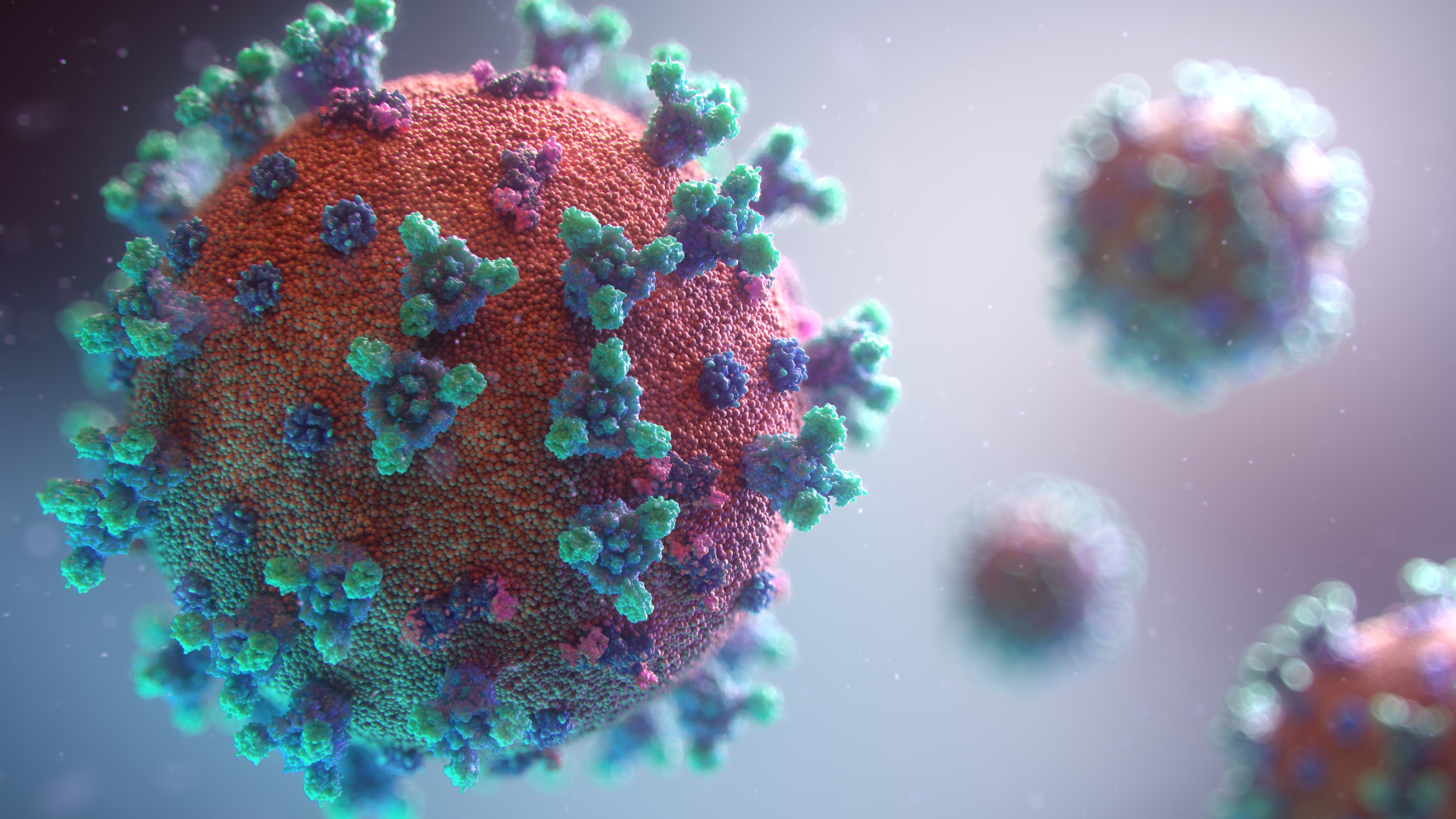Hospitals are filling up. People are dying. And you may share the blame — blame that can be spread as easily as COVID-19 has due to both government inaction and to you and your friends. If you are among those bucking the advice of experts and treating social distancing like spring break, it’s time for you to stop acting as if this crisis isn’t going to define our lives for months and years to come.
As the number of Americans afflicted with COVID-19 has aggressively grown, our government has hesitated and called for meek measures to contain the pandemic which will surely lead to avoidable loss of life. In the face of federal recommendations and guidelines, states across the country are finally starting to take assertive action to stem the pandemic: 33 states have canceled school, others have begun closing restaurants, bars, and gyms, curfews are being instituted, and many are starting to take the advice of President Trump, prohibiting gatherings of over 10 people. We’ve also all heard the CDC’s advice to individuals to prevent infection—wash your hands, stay home if you’re not feeling well, and really to stay home as much as possible in general. Despite these recommendations, policies, and warnings lots of people are ignoring the advice, choosing to travel, to go out to bars, crowding airports, visiting popular tourist destinations, gathering in public places right here in New York City, or even throwing quarantine-themed parties.
It is unacceptable that so many people are blatantly risking their own health and that of others by ignoring urgent warnings from governments and health officials and continuing to gather in groups thinking that they are the exception because they are relatively young and healthy. The aforementioned activities are frankly reprehensible in the face of millions of deaths right here in the US.
Every person who can should just stay home! And we should be pressuring all members of our social networks to do the same and pressuring all companies (not providing essential services) to close their offices and allow their employees to work virtually from home. No matter what, the best policy to help stop the spread of this life-altering virus is to stay home as much as possible, avoid coming into close contact with other people, to wash your hands frequently, and to avoid touching your face.
As you’ve surely heard by now, the CDC says that COVID-19 spreads through people who are in close contact with one another (within about 6 feet), and through respiratory droplets that spread through coughing or sneezing. The CDC also says that it is possible for COVID-19 to be spread through touching surfaces that have the virus on it, but that they don’t believe that this is the main way that the virus spreads. Other sources claim that the virus can live on plastics and metals for up to three days.
Another unsettling aspect of COVID-19 is that it is unclear just how easy it is to pass the virus from one person to another. The CDC says that the virus “seems to be spreading easily and sustainably in the community (“community spreadâ€).†On top of this, there is uncertainty with when the virus can be spread. The CDC says that they believe that the virus is spread most easily when a person who is infected with COVID-19 is the most sick. This may make you feel more secure and able to avoid sick people, but that is not the whole story. There are cases where people are getting sick with COVID-19 without coming into contact with anyone who was visibly sick. This morning CNN posted an article citing evidence that many transmissions have occurred through people who are not yet visibly sick or from people whose symptoms are nonexistent or extremely mild. Additionally, today a reporter shared a text message thread with a person in Public Health on twitter. This person shared that symptoms of the virus usually show up in 10-14 days, and that during this time, a person is contagious and could be spreading the virus to anyone that they have come into contact with. Just this week, Idris Elba announced that he tested positive for COVID-19 without ever experiencing any symptoms.
This exemplifies how the virus can jump from 76 cases in the US as of March 1 to over 5,000 confirmed cases today. And this is only scratching the surface — the true number of people infected with COVID-19 is unknown because they aren’t showing symptoms or because the US has tested a fraction of cases as compared to other countries. In other words, this virus moves fast! And the potential for further spread is exponential—but just staying home can flatten the curve. This article demonstrates how a full quarantine has helped stop the transmission of COVID-19 in South Korea and compares it with Italy, where insufficient measures have led to the worst outbreak of the virus outside of China with over 27,000 cases and 2,000 deaths (a 7% death rate!). At present many US states are on the path of Italy, and without drastic action taken by the Federal Government, we can expect huge numbers of transmissions, hospitals to reach capacity, and death tolls to start piling up.
All over social media, people are reportedly disregarding the warnings, saying it’s just the flu, or people around my age say that they are young and healthy and don’t have anything to be worried about. But these people are missing the point. First, this is not the flu. Global estimates of the death rate from COVID-19 from the World Health Organization are 3.4%. According to an article from the New York Times, worst case scenario estimates say that between 2.4 million to 21 million people in the US could require hospitalization and that between 200,000 to 1.7 million people could die from COVID-19. If this level of infection occurs, the US hospital system will be overwhelmed without sufficient beds, ventilators, and workers to care for all of the sick. Right now Italy is having to make the horrific choice of treating younger healthier people, and letting older people face the consequences of the virus on their own without treatment. It is a tragedy there, and we can help to prevent it in the US if you just stay home.
Additionally, while the majority of young, healthy people may not have to worry about dying from COVID-19, they can still help to spread the disease. Each person may only be a few degrees of separation from infecting a vulnerable person. If you or a person you are with is not showing symptoms and accidentally affects someone that they are with, that virus can easily jump to a parent or grandparent of advanced age, or to someone with pre-existing health conditions. I am worried about my own parents, and I am making sure that I am not contributing to the potential infection of others by practicing social distancing by staying home. You have the power to help protect millions of Americans who could get sick from COVID-19—just by staying home.
This is an unprecedented pandemic, and at times it feels almost unreal because we can’t see the sick people and can’t accurately internalize the way that the numbers will explode over the next weeks and months. For now, it is important that we all ground ourselves in facts and information (I’ve recommended a few places to get info from below) in order to understand the virus, the transmission, and what steps we need to take to keep ourselves and loved ones safe. And while the federal government continues to recommend half-measures, defers action to states, and may or may not be working toward passing legislation to reduce the economic impact of COVID-19, we should all take it upon ourselves to act in the best interest of ourselves and the country, to just stay home, and make sure our friends and family are doing the same.
Where can I get more information?
Twitter list of epidemiologists, researchers, public health experts & journalists tracking COVID-19.
CDC Website for COVID-19
For those who live in NYC: Text COVID to 692692
9 Charts That Explain The Coronavirus Pandemi
Eric Cova, a second year MPA-PNP Policy Analysis student, is Editor in Chief of the Wagner Review.




